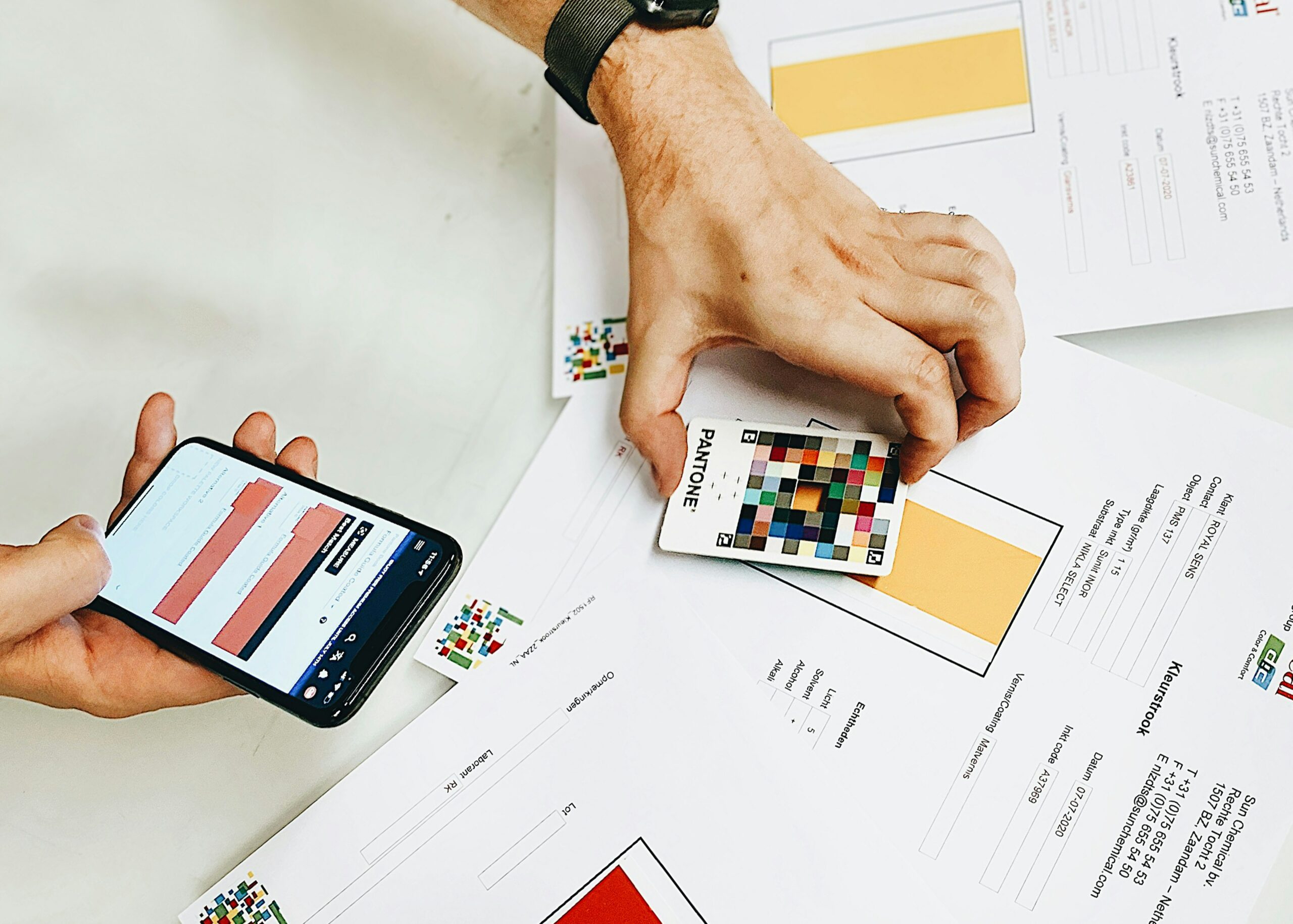- The pandemic has forced many boards to think and act in a more dynamic and entrepreneurial spirit.
- How can boards ensure they can continue to foster and draw on these qualities as we enter the post-pandemic era?
- Design thinking is an approach that can help boards adapt to this ‘new normal’. Here’s a guide.
As countries worldwide get to grips with the global pandemic at varying paces, boards at global organizations are being forced to think – and act – differently. In the midst of an unforeseen crisis, many boards have moved from being primarily about oversight and strategy to more direct involvement in the day-to-day operations of their companies. As we begin to operate within ‘the new normal’, boards are beginning to think about what worked well during the pandemic and should be retained for the future. Authenticity and purpose have defined boards that have done well during the pandemic, while short-term thinking has undone some who acted too rashly.
It’s often difficult for senior leaders with large teams and vast responsibilities to adopt the entrepreneurial mindset of an early stage start-up or a tech unicorn. As we emerge from the crisis, retaining this ability to think and act entrepreneurially might be the most fundamental lesson we can draw from it. Bold, opportunistic choices can seem impossible to implement at a practical level – but as COVID-19 has proved, Nelson Mandela was correct when he said “it always seems impossible until it’s done”.
Unleashing energy and agility
When things are ticking along nicely, boards often spend months mulling over decisions. The desire to demonstrate innovation is often tempered by an inclination to maintain the status quo and avoid any major risks. The pandemic turned this dynamic on its head; boards were forced to make major decisions and follow through on them at a hitherto unheard of pace. An enormous level of energy was unleashed as senior leaders quickly prioritised ways to keep their companies alive, their staff working and their customers satisfied.
Boards acted with a level of audacity unmatched in recent times. Banks were able to close branches and migrate services online – processes that had previously taken up to six months – overnight, because they had to. As the immediate danger of the pandemic begins to subside, this bravery and decisiveness is something boards should aim to foster for the future.
Design thinking at board level
For many boards, a structured way to make rapid decisions might provide a bridge between traditional ways of thinking and new, more streamlined processes. Design thinking provides just such an approach.
The process involves five stages: Empathising or identifying pain points; defining the problem; ideating potential solutions, creating high-fidelity of low fidelity prototypes, and then testing the solution and pivoting as necessary. The process can be deployed rapidly and can facilitate creative problem-solving, as participants are encouraged to engage in blue sky thinking. All sorts of ideas that might be considered unworkable, outlandish or even silly are included at the outset – there truly is no such thing as a bad idea within this methodology, but dozens of ideas are rapidly whittled down to those that align with the board’s most important goals.
Pandemics and board performance
Priorities: Is the board aligned on what and whom it represents? Board members should be mobilized, as a team, by a common view of what they stand for as a socially responsible organization that delivers value to customers and shareholders.
Process: Can the board execute its duties effectively? A diverse board challenges itself to continuously accelerate its performance and that of the organization, with a systemic focus on capability building and succession planning both across the organization and on the board.
Power: How transparent and fair are the board’s dynamics? Do all directors feel able to contribute fully to discussions, or do some directors feel shut out? Do newer board members have the support and know-how to change board dynamics where necessary?
Perspective: Is the board leading the way on the need to transform, driving systemic value on key organizational priorities? Forward-thinking boards plan ahead to refresh their own membership, with a rigorous assessment process, while pressing the organization to maintain an awareness of change, risk, and accountability. But they remain rooted in a set of common values and ethical principles that are modelled by leaders.
People, planet, profit: Does the board possess the agility to ensure delivery of the required new learning and innovation the organization requires for longer-term success? A board that is well positioned for future success keeps a steady eye on the external environment – ongoing change within its industry and the global economic picture – to ensure both it and the organization possess the knowledge, skills and agility to continue to adapt, as change requires, to remain effective.
Conversations and collaboration
Throughout the pandemic, boards that might previously have met quarterly for an away day have instead been meeting online on a weekly or fortnightly basis. Quarterly meetings often take the form of mini-conferences, which often involve marathon meetings, breakout sessions and tightly scheduled agendas. The pandemic has necessitated more frequent meetings that can allow boards to engage in a more meaningful, ongoing dialogue.
Digital roundtables can encourage collaboration; while face-to-face meetings are often dominated by more outspoken or extroverted board members, a ‘tour de table’ facilitates everyone in having a say. Silos can be broken down. Agendas can be more flexible when communication is more frequent, and the conversation can flow in a more informal way.
As businesses settle into the new normal, it’s worth considering if these new modes of communication are worth keeping – perhaps in addition to face-to-face sessions.
Balancing experience and experimentation
Board recruitment remains a key strategic priority. A board’s makeup reflects an organization’s long-term priorities, goals, and the desired skills matrix.
For many boards, the temptation at the moment might be to take the most risk-averse course possible. This could have a direct impact on their hiring choices. Boards that were leaning toward giving a capable up-and-coming innovator a chance may decide that an old hand is the wiser choice. Diversity and inclusion could take a hit, as those that have garnered the sufficient experience required to take over executive positions historically have tended to be white men. Heidrick & Struggle has developed a set of guidelines that go through why hiring female board members is beneficial and how to go about it.
The wisdom of hiring the old guard remains to be seen; given that we are living in unprecedented times, it could be an opportune moment to allow new voices a seat at the table and to consider creative solutions. COVID-19 has forced us to take bold actions, and some of the benefit of that may be lost in a rush to restore the status quo. As ever, finding the balance between experience and experimentation will be the key challenge.
Learnings
The last phase of dealing with any crisis is to review what went well and what could we have done differently? Boards should conduct listening exercises to examine the impact the changes have had on all stakeholders; from their own staff to government relations to consumers and clients.
While this will no doubt uncover areas for improvement that can be used to prepare for the next seismic shift, it will also reveal an abundance of things that have improved for the better and should become a part of the new post-covid company culture.
The article was first published here.
Photo by Danielle MacInnes on Unsplash.

 5.0
5.0 





















